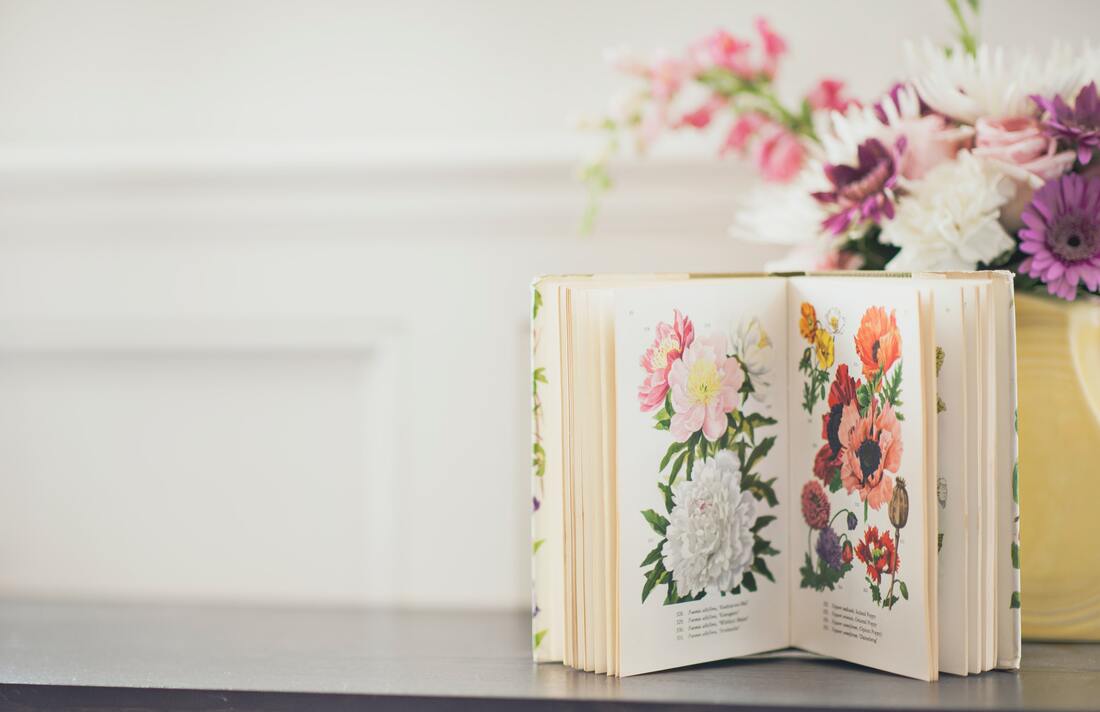|
Literature is one of the most important tools for developing young minds. It fosters interpretive skills and enhances social development by teaching valuable lessons in an enjoyable manner. Making books accessible and engaging are important qualities to consider when publishing a book for young children. Illustrations can be an excellent tool for increasing engagement, but how important are they really? In this article we’ll be looking at how illustrations impact a book’s quality, which ultimately feeds into more sales.
Why Are Illustrations Popular in Children’s Literature? The younger a reading demographic, the more likely the author’s publications will include illustrations. For younger readers who may not yet have extensive literary skills, illustrations open the door to understanding a story. Children are immediately more responsive to books with visual material--whether they are being read to or are reading independently--illustrations can help visualise specific characters, pop-ups, animals or settings. What Affects an Illustrator’s Cost? One of the things to consider when implementing illustrations is the cost this adds to your project. How do you plan for the costs of an illustrator? First you need to identify your illustration page count. Figure out where you want your stand-alone illustrations in the book, and what specific sections you’d like visually represented. Most illustrators will provide a quote based on the number of pages they are expected to fill. Then you can select a few artists you enjoy the style of, look through their portfolios and pull a few pieces that you feel match up with the feel of your book. This is important because some styles may take more effort and time compared to others, and therefore be more expensive. Lastly, your desired deadline for the illustrations will affect their price. If you’re looking for an expedited delivery, be prepared to pay more. If you wanted to bundle your illustrations together with your existing publishing efforts, check out our children’s literature publishing packages. What Kinds of Illustrations Are There? There are four main kinds of illustration that appear in children’s literature. These are spot illustrations, half-page illustrations, single-page illustrations and spread illustrations. Spot illustrations are small, simple pictures which line up with the text on a page. Usually these fill up no more than a quarter of a page with little or no background. A half-page illustration takes up more space, and will be more detailed, though not as detailed as a full single-page illustration which will normally have a full background and detailed composition. Finally, a spread illustration takes up two full pages with one image. Often, it will have text written across it. Some authors commit to having spread illustrations for the entire book, which makes a bold and interesting composition, however, others enjoy mixing different types of illustration for variety. What Further Functions Can Illustrations Have? A lot of authors go beyond aesthetic appeal and make illustrations an active part of the reading experience. Placing clues in pictures which respond to written questions in the text is one way to delight and empower young readers by placing a sense of immersive achievement within the narrative. Pop-up art is especially popular with young readers, as the physical engagement and discovery can create a more exciting mode of storytelling. If you’re ready to start illustrating your book, keep in mind these ideas and how they affect the readability and enjoyment factor of children’s literature. If you’re unsure where to start, take a look at Rowanvale’s Book Illustration Services to see which styles and packages best match up to your project.
0 Comments
Your comment will be posted after it is approved.
Leave a Reply. |
Archives
April 2024
Categories
All
|


 RSS Feed
RSS Feed

